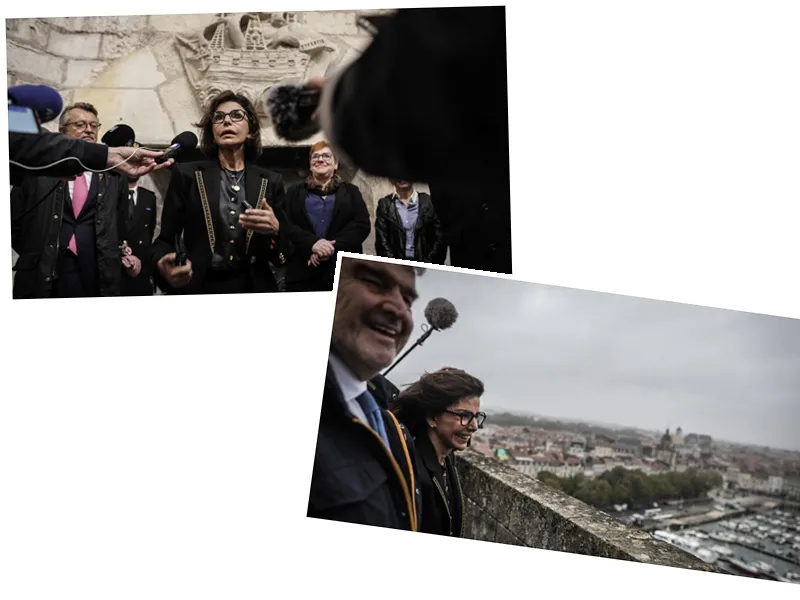Architecture and Colonialism: A Libyan Debate on Heritage Restoration
In Benghazi, Libya, the demolition of historic Italian colonial buildings has sparked significant debate regarding the preservation of architectural heritage. In March 2023, the Libyan army unexpectedly demolished parts of the historic center, which included the famed Bernici Theatre, a cultural landmark that had been a source of community pride since its construction in 1928. This demolition, aimed at clearing rubble from past conflicts, has left many locals mourning the loss of their cultural heritage, as the theatre was a key venue for art and entertainment until its closure in the 1980s. Artist and architect Sari Al-Fitouri expressed the collective nostalgia felt by residents, stating, "The Bernici Theatre still holds a special place in the hearts of locals."
The ongoing reconstruction efforts in Benghazi, which have been marred by hasty decisions and lack of expert consultation, have led to the erasure of significant historical architecture. Al-Fitouri highlighted the need for community involvement in restoration projects to ensure that Libyan identity is preserved while also addressing the colonial narratives tied to these structures. He emphasized that architecture should reflect the community's history and aspirations, not merely serve political agendas.
The Contrast with Tripoli's Restoration Efforts
While Benghazi's restoration has been abrupt and controversial, Tripoli has seen a more gradual approach to the restoration of its colonial-era buildings. However, this process has not been without its challenges. Activist Hiba Shalabi lamented the disappearance of beloved Italian statues and the neglect of historical sites, which she feels have lost their social and cultural functions. Some buildings have been repurposed into museums, such as the Red Palace, yet the restoration efforts often lack authenticity and fail to respect the original architectural styles.
The debate surrounding the restoration of colonial architecture in Libya reflects a broader cultural divide. Many view these structures as symbols of colonial oppression, while others appreciate them for their historical significance and aesthetic value. This division complicates the narrative surrounding Libya's architectural heritage, as individuals grapple with the legacy of colonialism and its impact on their national identity.
The Future of Libyan Heritage
As Libya continues to navigate its post-conflict recovery, the fate of its architectural heritage hangs in the balance. The loss of significant buildings like the Bernici Theatre raises critical questions about how to honor the past while embracing a future that reflects the values and identity of contemporary Libyans. The architectural landscape of Libya is not just a reflection of its colonial past but also a canvas for its future aspirations.
Community initiatives, such as exhibitions and workshops aimed at engaging the public in discussions about heritage, are vital for fostering a sense of ownership and pride in Libya's architectural history. As Libyans seek to redefine their relationship with their colonial past, the importance of preserving these structures as part of the national narrative cannot be overstated.





